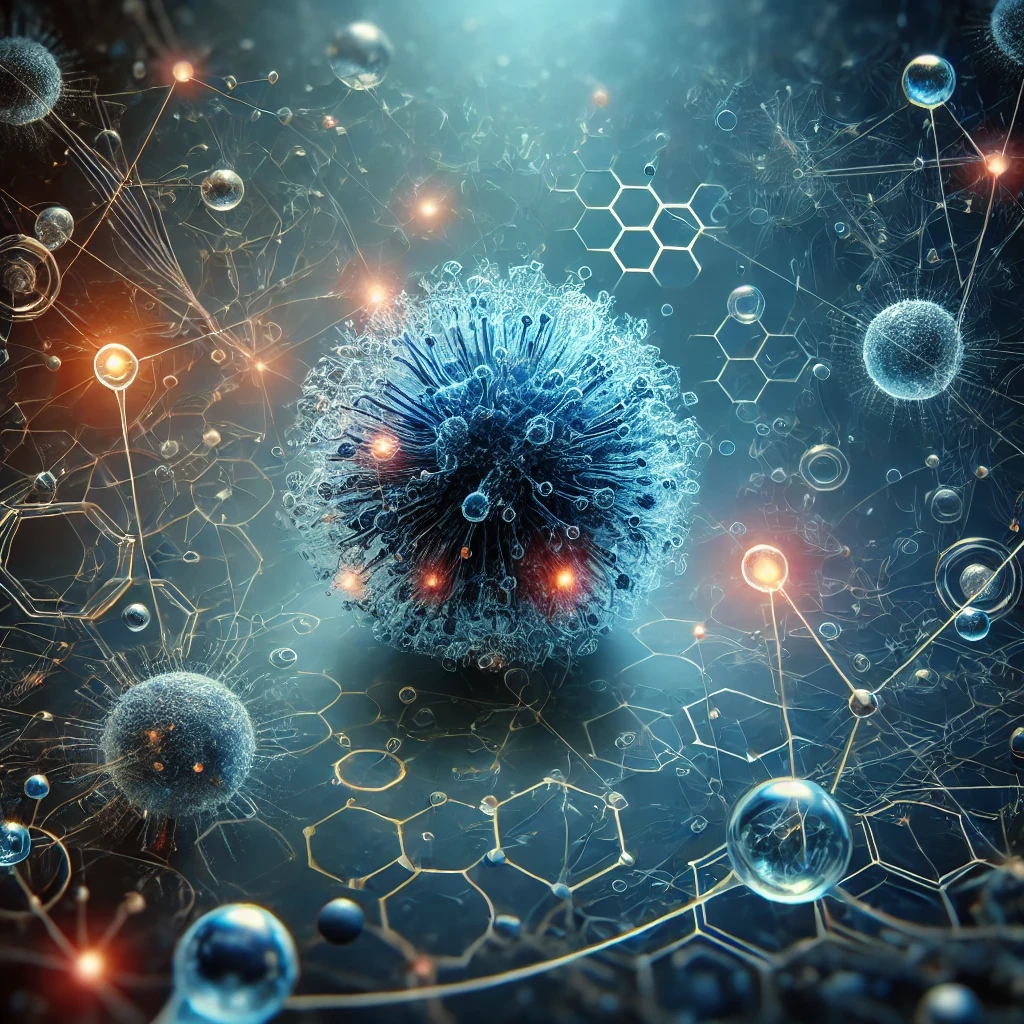A recent research has highlighted how HMGB1 (High Mobility Group Box 1) protein in its reduced form plays a crucial role in enhancing cancer cell migration and invasiveness through its interaction with the chemokine CXCL12.
In breast (e.g., MDA-MB-231) and prostate (e.g., PC-3) cancer cells, reduced-HMGB1 forms a heterocomplex with CXCL12, activating the CXCR4 receptor and driving cell migration and metastasis. Notably, this CXCL12/HMGB1 heterocomplex is only effective in tumor cells with a fully active thioredoxin (Trx) system, which keeps HMGB1 reduced in the extracellular microenvironment. This maintenance of reduced-HMGB1 is essential for metastatic cells to effectively respond to the CXCL12 gradients that promote tissue invasion.
Cancer cells with low metastatic potential, such as MCF-7 breast cancer cells, lack thioredoxin reductase, resulting in oxidized HMGB1 that does not form an active complex with CXCL12. This limits their migration and invasiveness, even in the presence of CXCL12. By contrast, high-metastatic cells like MDA-MB-231 continuously release reduced-HMGB1 and components of the Trx system, reinforcing their invasive capability.
These findings reveal the CXCL12/HMGB1 heterocomplex as a potential therapeutic target in metastatic cancer. Therapeutic strategies aimed at disrupting this complex or inhibiting the thioredoxin system could reduce HMGB1’s maintenance in its reduced form, effectively limiting cancer cell migration and metastatic spread. By targeting HMGB1, there is potential to mitigate inflammation-driven damage in both neural and renal tissues, offering new avenues in diabetes care.
In HMGBiotech SRL we can provide comprehensive information to facilitate informed decision-making for researches with HMGB1.
Contact us for your pre-sales questions about HMGB1
Read the full article about the study:
https://www.frontiersin.org/journals/immunology/articles/10.3389/fimmu.2024.1358800/full




